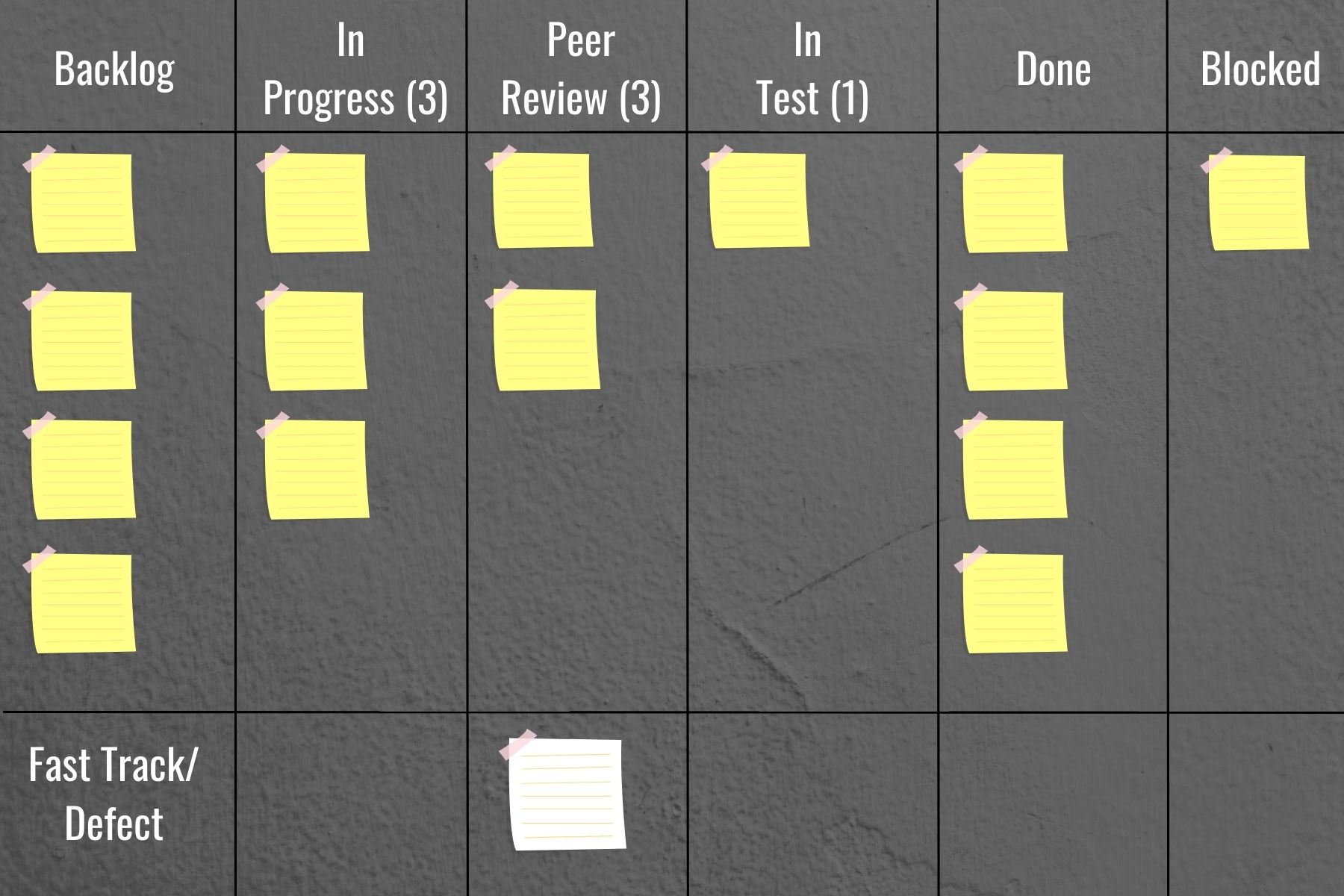Like most companies, we have had our struggles with project management. Trouble deciding who is on the project team, who is responsible for moving the project forward, determining the proper scope of work, sticking to the scope of work, and finally, getting the project over the finish line in a reasonable amount of time. Every type of organization does projects in some form. I hope that you will be able to benefit from some of the struggles that we have been able to overcome, subsequently learning how to manage projects.
Why Project Management is Important:
If you have ever been involved with a poorly managed project or been the victim of one, it usually looks like this:
- The project never seems to end
- They are always over budget and late
- It is difficult to know where the finish line is (see #1)
- Separate teams often do not know what the other is doing, resulting in service gaps or duplicated effort.
In full transparency, we will share the way that we do projects at P3. It is far from perfect, but we have been able to eliminate many of the problems that had been sinking our projects in the past.
Here are the elements that go into our Project Management System:
- Clear Scope of Work
- Information Gathering Phase
- Project Building Meeting with visual layout
- Daily Standup Meetings w/ customer and everyone on the project team
- Discipline on running only one or two projects at a time
- Debrief session at end of the project including mini-P&L (profit and loss) and budget to the actual report.
Clear Scope of Work:
Ready. Fire. Aim. We’ve all done this and suffered from it. By slowing down and capturing the spirit of the project in writing, it gives everyone a chance to line up as to what the project is accomplishing. Without this critical step, the project will run into infinity because the expectations will change and grow as the project goes on. There is room for this in a project, but it is important that the extra “scope creep” be identified as a change order.
Information Gathering Phase:
We have tried to identify the reasons that a project might stall out. One of those reasons is that we are waiting for information. During the building meeting, we try to identify all the information that we need to have in hand before the project kicks off.
Project Build Meeting with Visual Layout:
We get everyone that will be involved with the project. We have the scope of work in hand. At this point, we create outlines of every major task along with an estimation of time and tat task’s order in the project (X must be completed before Y can happen). We use a visual system, often called “KanBan”, it might look something like this; The Backlog section contains all the work to be done each week we move sticky notes into the “Doing” part of the board.

Daily Standup Meetings:
Yes. We invite the customer into this meeting. It is messy, real, and unscripted. The purpose of the standup meeting is to identify and eliminate things that are blocking progress. For example, if Rj has been assigned a task that requires customer guidance, we communicate that back to the customer in that meeting with the expectation that the obstacle will be removed as soon as possible. When we first started the standup meetings, we did not invite the customers into the meeting out of fear that they would be turned off by the mess of construction. When we started including the customer, we found just the opposite to be true. The pace of the project picked up and the quality of work improved as we were able to get real-time feedback on priorities and how the rollout was affecting the company.
Discipline:
It is easy to get way too many projects going at once. Without proper project scoping, a project could go on for weeks, months, and even years. By having the discipline to get a project loaded into the pipeline and then see it quickly to completion, the quality and speed of the projects improve.
Debrief:
When we are really hustling, we can get so focused on the work that we can overlook the importance of a feedback loop. By creating a process of circling up as a team at the end of a project, we have the chance to learn from mistakes and to make process adjustments, so the next project is more efficient. It is even better if we can run a profit and loss statement for the project. This would include the overall revenue for the project minus the cost of labor and parts. With this information, we can make sure that we are pricing accurately for the next projects.
If you have any project management processes that have helped you become more efficient, I would love to hear from you!
Information Technology Aligned With Your Business Goals?
Philantech3 is a complete IT services & IT support company working with organizations in Spokane.

With an undergraduate degree in Applied Management, a graduate degree in Business Administration and as a doctoral candidate in Organizational Psychology, let’s just say that business and leadership are Wil’s passions! He is also a small business owner who understands the rigors and joys of business building.

Recent Comments